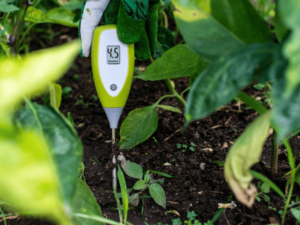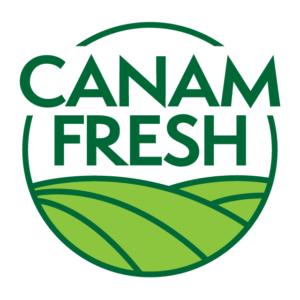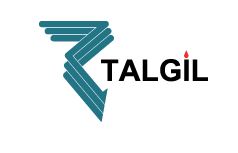Soil moisture sensors play a crucial role in modern irrigation management, enhancing crop health and water efficiency.
Water is the lifeblood of agriculture, but managing it efficiently remains one of the biggest challenges for farm owners and horticulturists. The right irrigation practices can mean the difference between a bountiful harvest and a dismal yield.
In a world increasingly aware of water scarcity, optimizing irrigation management is more crucial than ever. This article explores how these innovative tools can revolutionize irrigation management, offering both economic and environmental benefits.
The Role of Soil Moisture in Crop Health and Yield
Water is essential for photosynthesis, nutrient absorption, and overall plant health. Insufficient moisture can stunt growth, while excess water can suffocate roots, leading to poor yields or crop failure.
Moisture levels directly impact plant health and productivity, affecting everything from seed germination to fruit ripening.
Understanding and maintaining optimal soil moisture levels can dramatically improve crop yields. For instance, consistent moisture levels can enhance root depth, leading to stronger and more resilient plants.
Conversely, fluctuating moisture levels can stress plants, making them more susceptible to pests and diseases.
Traditional Irrigation Methods vs. Technology-Enhanced Irrigation
Traditional irrigation methods like overhead sprinklers and furrow irrigation have been used for centuries. While effective to some extent, these methods are often inefficient, leading to water wastage and inconsistent soil moisture levels.
Technology-enhanced irrigation, on the other hand, offers precision and efficiency. Drip irrigation and pivot irrigation systems are examples of modern methods designed to deliver water directly to the root zone, reducing wastage and ensuring uniform moisture distribution. However, even these systems can benefit from further refinement.

Understanding Soil Moisture Sensors: How They Work
Moisture measurement devices are tools that measure the volumetric water content in the soil. These sensors use various technologies, such as electrical resistance, dielectric constant, and neutron scattering, to provide accurate readings of soil moisture levels.
These sensors are often connected to a central control system or mobile app, allowing farmers to monitor soil conditions in real time. This data-driven approach enables precise irrigation scheduling, ensuring crops receive the right amount of water at the right time.
Benefits of Using Soil Moisture Sensors in Irrigation Management
Efficient Water Usage
One of the most significant benefits of soil moisture sensors is their ability to optimize water usage. By providing real-time data, these sensors help farmers avoid over-irrigation and under-irrigation, leading to substantial water savings.
Improved Crop Yields
Better water management translates to healthier plants and higher yields. Soil moisture sensors ensure that crops receive consistent moisture, improving root development and overall plant health.
Cost Savings
While there is an initial investment in soil moisture sensors, the long-term cost savings are significant. Reduced water usage lowers utility bills, and healthier crops mean higher revenues.
Challenges and Considerations for Implementing Soil Moisture Sensors
Initial Costs
The upfront costs of purchasing and installing soil moisture sensors can be a barrier for some farmers. However, these costs are often offset by long-term savings in water and increased crop yields.
Technical Expertise
Using soil moisture sensors requires a certain level of technical know-how. Farmers may need training to interpret sensor data and integrate it into their irrigation management practices.
Maintenance
Like any technology, soil moisture sensors require regular maintenance to ensure they function correctly. This includes calibrating sensors and replacing faulty units.
Future of Agriculture with Technology-Driven Irrigation
The future of agriculture is undeniably tied to technology. Soil moisture sensors are just one example of how technology can enhance traditional farming practices.
As advancements continue, we can expect even more sophisticated tools that offer greater precision and efficiency.
Imagine a future where drones equipped with soil moisture sensors fly over fields, providing real-time data that is fed into an AI-driven irrigation system.
This system could automatically adjust water levels based on current soil conditions, weather forecasts, and crop needs, optimizing water usage and improving yields.
For those interested in exploring the practical aspects of implementing soil moisture sensors, I recommend checking out this resource from the University of Minnesota Extension. It offers valuable insights into how these sensors work and their importance in effective irrigation management.
To learn more about creating an efficient irrigation system that can benefit from soil moisture sensors, check out our Irrigation Design page.
Incorporating soil moisture sensors into irrigation management is a game-changer for farm owners, horticulturists, and agricultural innovators. These devices offer a sustainable solution to water management, improving crop yields, reducing costs, and conserving water.

























